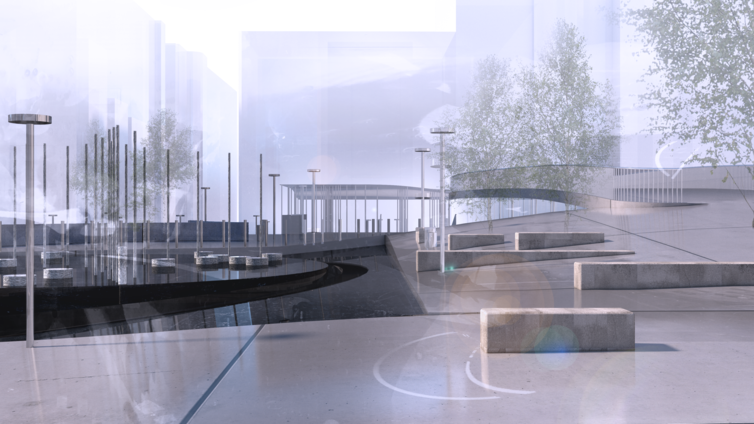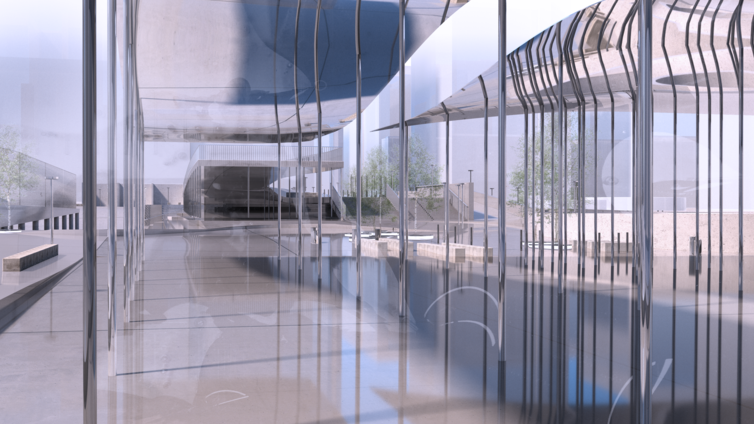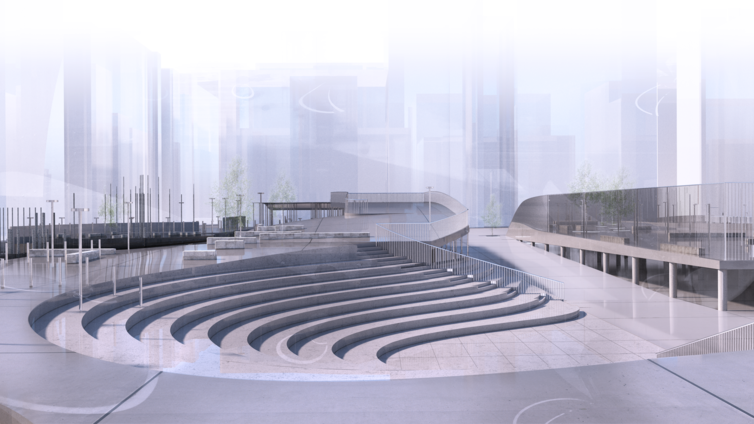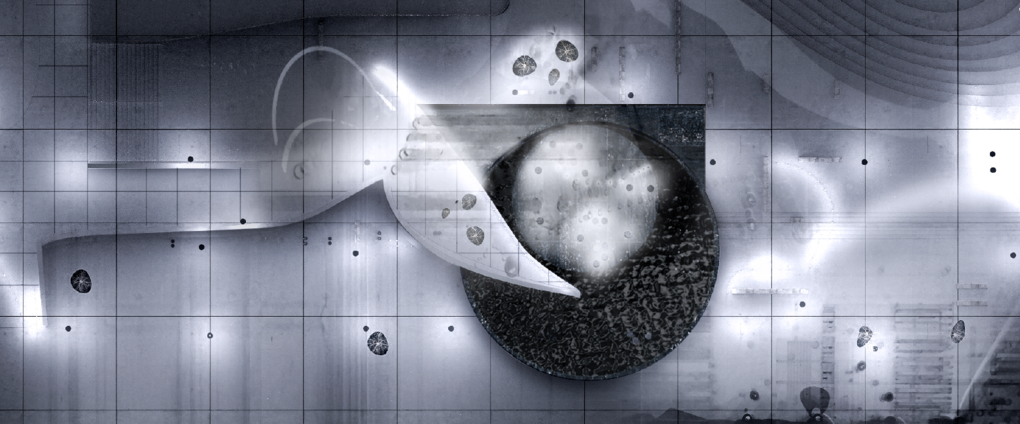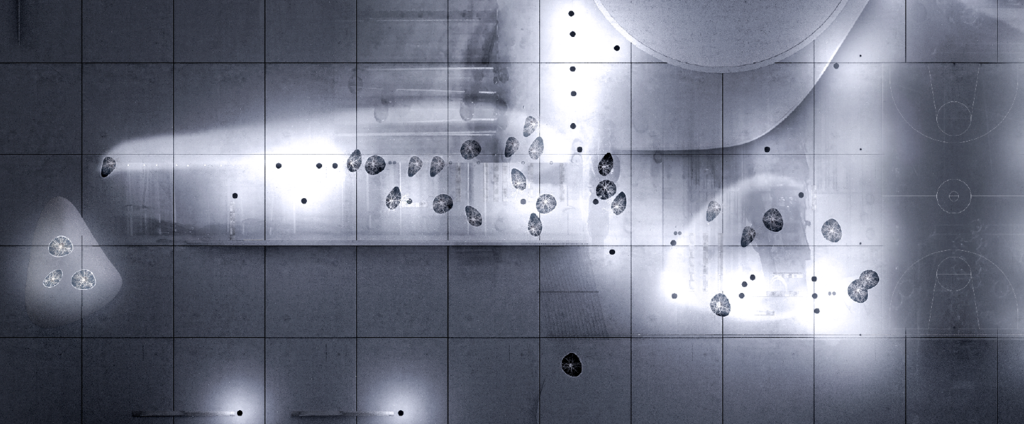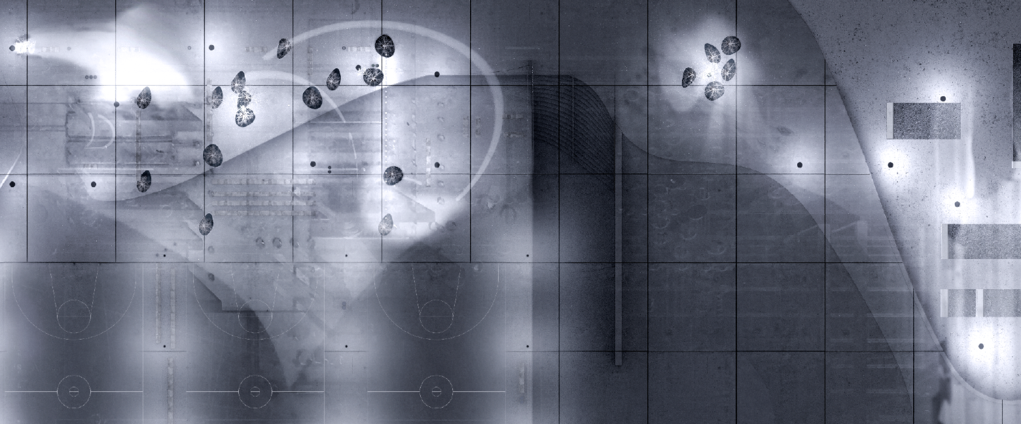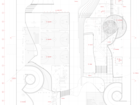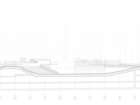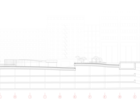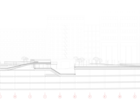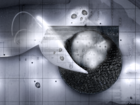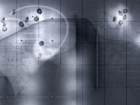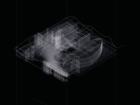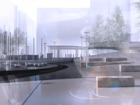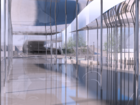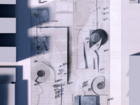Towns and cities grow. Given the growing number of inhabitants, there is an increasing need for a well-conceived use of urban spaces. What is more, urban spaces can play a vital role, if you wish to involve diverse groups of citizens in the development of a town or city. Meet the architect, Marie Goodstein. In her final project she created a new urban landscape in Los Angeles. Her achievement was so impressive that she was awarded a VOLA scholarship for it.
What is your final project about?
The project, ‘A Scenic Landscape in Los Angeles - A Scale-less Strategy’ aims to create a new urban landscape in downtown Los Angeles: a district, which, after many years of neglect, has blossomed significantly. The landscape is an integrated square in the city’s vast grid structure, intended to be a new cultural and social hub – a stage for all sorts of different activities and interaction where local life can take place.
My project is also a kind of case study, since it is based on what I refer to as a ‘scale-less strategy’: an architectural approach I devised before selecting the site and the programme. The project progresses through a developmental phase involving the scale-less strategy, followed by a practice/test phase, in which I use the strategy as a tool to generate the scenic landscape in Los Angeles
What drew you to this project in particular?
I was motivated by my fascination with Los Angeles - for good and bad. I once lived and worked in the city for a period of time in the context of an internship. Los Angeles is an incredibly exciting and complex city with an extremely powerful global identity by virtue of the enormous film industry it houses. The city and its architecture constitute a kind of manipulable setting for narrating and staging stories.
This got me wondering how I could work with a more local architectural identity to establish a new way of staging the city, controlled by the local people – the people who actually live their lives in Los Angeles.
What methods did you use when working on your project?
Much of my project involved developing a method, which I then translated into architecture. I devised the method on the basis of inspiration from the social and natural sciences. For example, I was intrigued by the way in which biologists try to understand their material from the inside out by performing biopsies. These tissue samples can clarify a number of complex processes that go far beyond the individual tissue sample.
I translated this scientific tool into an architectural tool that I used in my studio in Los Angeles and in my thoughts about how local environments may be the key to understanding the global context of which they are part.
It was incredibly important for me to have plenty of time and space for the developmental and methodological phase, because that is where my greatest development as an architect takes place.
In my presentation of the project I placed equal emphasis on the developmental phase and the finished architecture. It is not necessarily the final result alone that is interesting and rewarding, when working in the field of architecture.
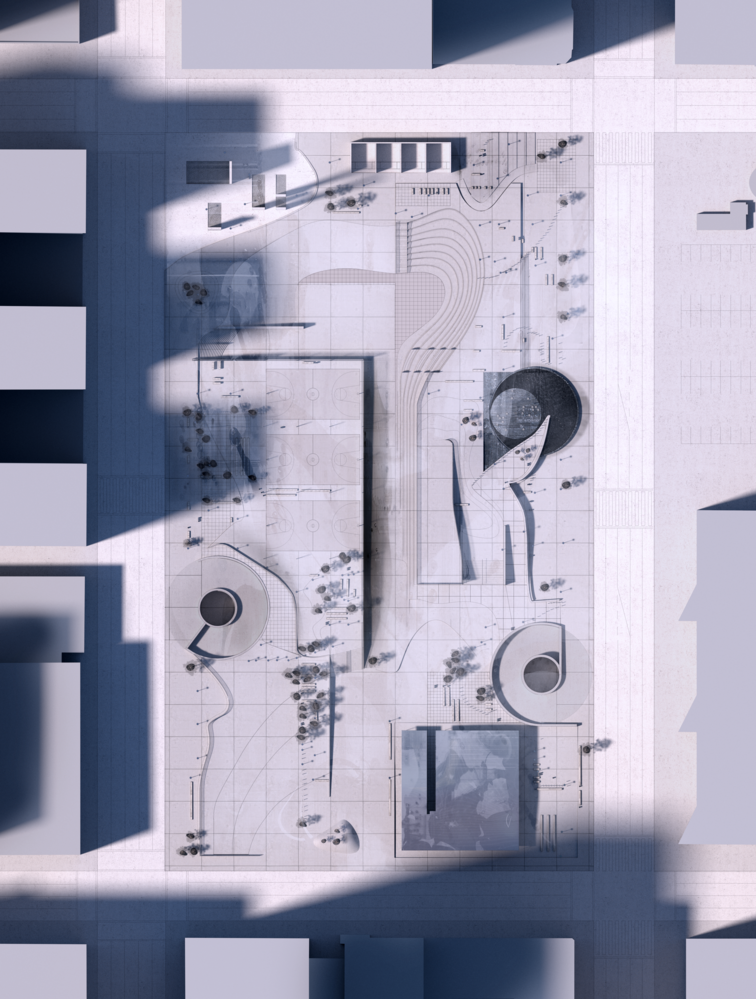
What are the most enjoyable and the most difficult aspects of designing the way you do?
The most enjoyable AND the most difficult aspect of my work is the investigative, methodological process that precedes the finished project. I always allow myself to get carried away when I embark upon a new project. I get loads of ideas, ask lots of ‘big’ questions and make demands on myself as an architect. I always find it a challenge to deselect and to acknowledge that one single project cannot, or should not include everything at once. On the other hand, it is the best feeling when everything falls into place and I have found my concept and can immerse myself completely in the project.
What do you think is your greatest strength as a KADK architecture graduate?
There is no doubt that one of the strengths of having studied at KADK was to do with being on the Architecture, Space and Time programme. I learned to regard architecture as part of a broader artistic and philosophical field, while also learning to investigate, and make my projects tangible and accurate using an abundance of different media and methods.
As an Architecture graduate I have the ability to work in a very creative and investigative process. But at the same time I am capable of focusing attention and getting my projects across to people, so that the architectural points are crystal clear and convey a cohesive, visual narrative.
Where do you see yourself career-wise in five years’ time?
Professionally, I am open to the fact that anything could happen. But of course I hope that I will still be working as an architect and as part of a broader artistic field, and that I will still be able to apply my skills in an environment, which is ready to discuss and understand architecture as a tool for asking critical questions and thinking out of the box.
In her final project, Marie tackled UN Global Goal 11: Sustainable cities and communities - making cities, local communities and settlements inclusive, safe, robust and sustainable.


